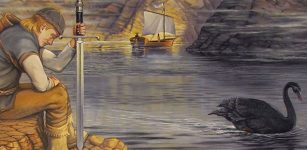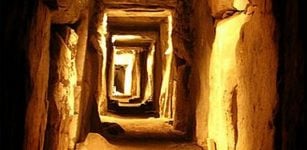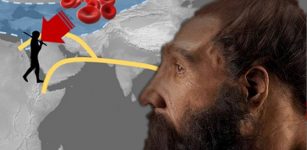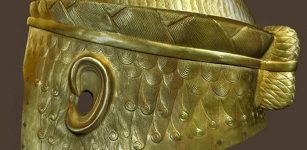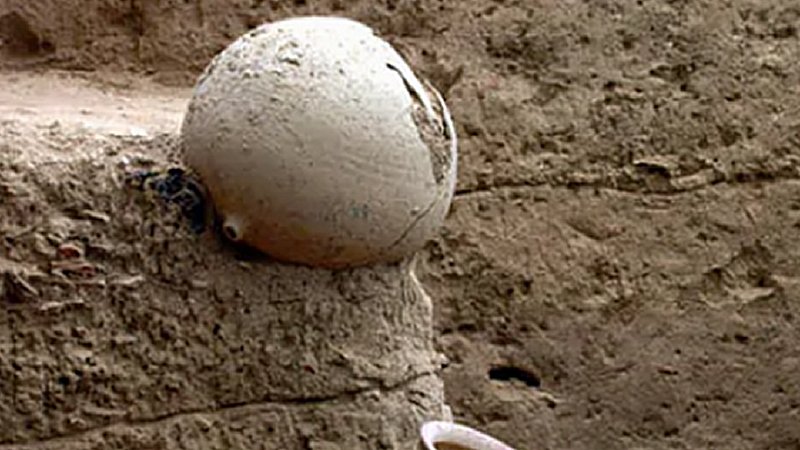Sir William Wallace: Brave Scottish Knight And Legendary Hero
MessageToEagle.com – To the Englishmen Sir William Wallace was an outlaw. To the Scots he was a brave freedom fighter, a legendary hero
After winning a deceive battle and defeating English troops, Sir William Wallace became a knight and is today celebrated as one of Scotland’s greatest national heroes. He was a leader of the Scottish resistance forces during the first years of the long and ultimately successful struggle to free Scotland from English rule.
Who was Sir William Wallace?
Sir William Wallace was born in the 1270s in Elderslie in Renfrewshire, Scotland. Very little is known about his early years and there are significant periods of his life for which there are no reliable sources. He was the younger son of Alan Wallace, a Scottish landowner.
In the Scotichronicon, around the end of the 14th century, Walter Bower describes Wallace as:
“…a tall man with the body of a giant, cheerful in appearance with agreeable features, broad-shouldered and big-boned… pleasing in appearance but with a wild look, broad in the hips, with strong arms and legs, a most spirited fighting-man, with all his limbs very strong and firm.”
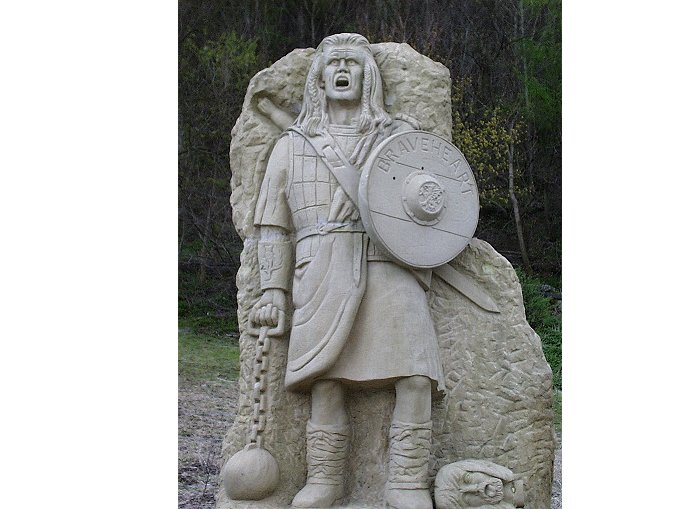
William Wallace was 27 years old when his country lost its freedom and in a short period of time he became a key figure in Scotland’s struggle for independence, but English authorities saw Wallace as nothing more than a dangerous outlaw. One of the reasons was that Wallace killed the son of an English constable in Dundee, and may also have killed two English soldiers who demanded the fish he had caught at Irvine Water.
The Battle of Stirling Bridge – A historical Scottish military success
In 1296, Edward I of England, forced Scottish king John de Balliol, who was already a weak king, to abdicate the throne, jailed him, and declared himself ruler of Scotland. Within months, Scottish unrest was widespread.
Wallace fought a guerrilla war against English rule.
In May 1297, he attacked the town of Lanark, killing the English sheriff. Men quickly flocked to join Wallace’s rebellion and he began to drive the English out of Fife and Perthshire.
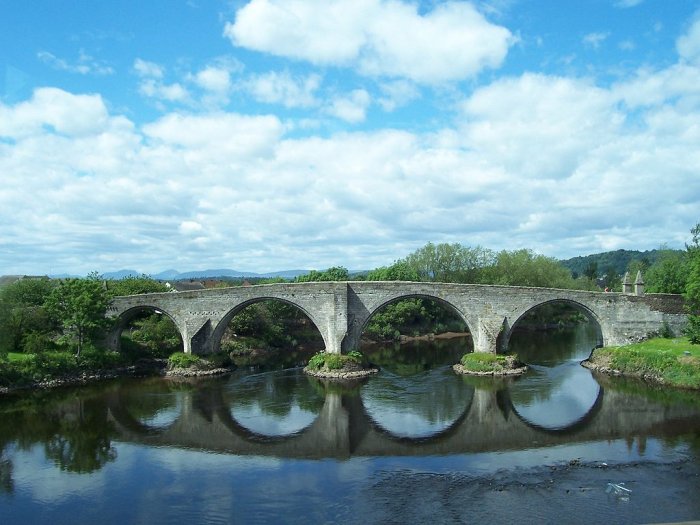
In September 1297, Wallace defeated a much larger English force at the Battle of Stirling Bridge. William Wallace and Andrew Moray had arrived at Abbey Craig, north of Stirling, before the English army. They watched from the hilltop as the English force – made up of English, Welsh and Scots knights, bowmen and foot soldiers – made camp to the south of the river. The English army had between 200 to 300 cavalry and 10,000 foot soldiers to the Scots’ 36 horsemen and 8000 foot.
The English army confronted Wallace and his men at the Forth River near Stirling. Wallace’s forces were vastly outnumbered, but the English had to cross a narrow bridge over the Forth before they could reach Wallace and his growing army. With strategic positioning on their side, Wallace’s forces massacred the English as they crossed the river, and Wallace gained an unlikely and crushing victory.
This and subsequent military successes severely weakened the English hold on Scotland. Wallace then launched raids into England.
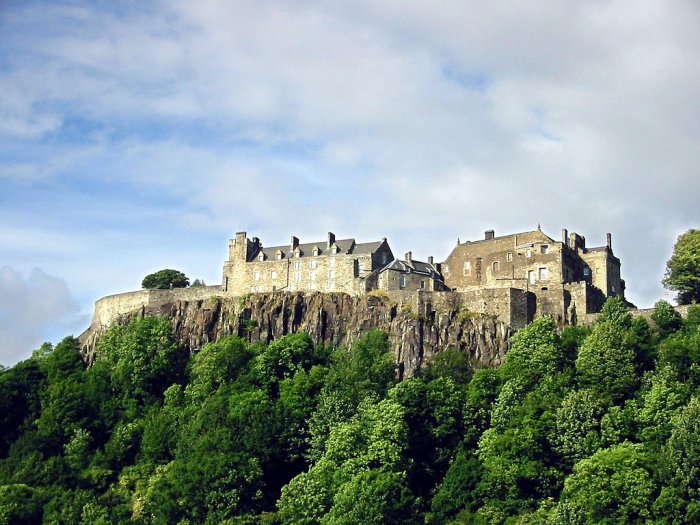
Wallace captured Stirling Castle, and Scotland was for a brief time nearly free of occupying English forces.
Later in October the same year, Wallace invaded northern England and ravaged Northumberland and Cumberland counties. However, his unconventionally brutal battle tactics only served to antagonize the English even more. He reportedly flayed a dead English soldier and kept his skin as a trophy.
Sometime in late 1297 or early 1298 Wallace was knighted and appointed ‘guardian of the kingdom’ in the name of John Balliol, the deposed king of Scotland.
Wallace forces were defeated in the Battle of Falkirk
On July 22, Wallace’s troops suffered defeat in the Battle of Falkirk. Wallace escaped, but to him this was the beginning of the end. His military reputation was ruined and he resigned his guardianship.
What happened next is not entirely clear and little is known of his movements. At some point, Wallace traveled to France, to seek support for the Scottish cause. In 1303 he returned to Scotland.
The execution of the legendary Scottish hero
The situation changed during the time Wallace spent time abroad. Robert Bruce had accepted a truce with Edward I and, in 1304, John Comyn came to terms with the English as well.
Wallace was excluded from these terms and the English king offered a large sum of money to anyone who killed or captured him.
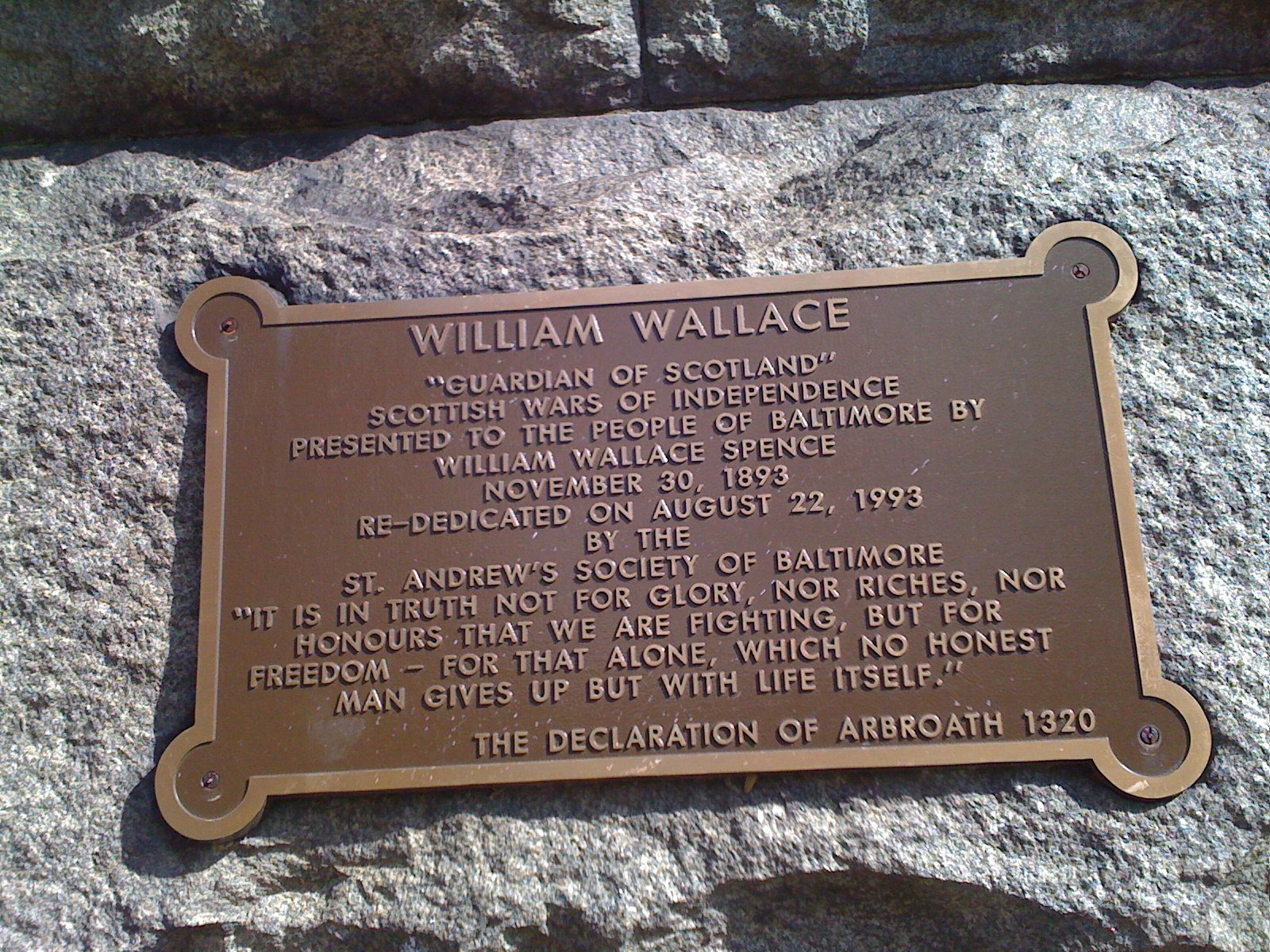
In August 1305, Wallace was seized in or near Glasgow and transported to London. He was charged and tried with treason, which he denied, saying he had never sworn allegiance to the English king. His execution was held on 23 August, where he was hung, drawn and quartered. His head was placed on London Bridge, and his limbs displayed in Newcastle, Berwick, Stirling and Perth.
700-year-old letter William Wallace letter was returned to Scotland after seven centuries
Few traces remain of Scottish hero William Wallace, the medieval knight who fought against English oppression. After spending the last seven centuries in England, one of two surviving documents associated with the legendary freedom fighter returned to Scotland in 2012.
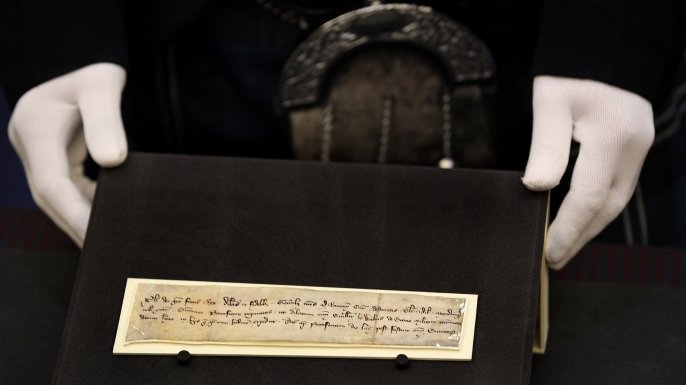
The 700-year-old letter was issued by King Philip IV of France on behalf of William Wallace. Experts think Wallace might have personally obtained the brief but official note while championing Scotland’s cause in France in 1300. Discovered in the Tower of London in the 1830s, the postcard-sized document sheds light on the freedom fighter’s poorly understood whereabouts and activities between 1298, when he lost to the English at Falkirk, and 1304, when he resumed his rebellion.
See also:
Robert The Bruce: Mighty King Of Scots And Great Scottish Hero
Picts: Facts And History About Mysterious People Of Northern Scotland
Incredible 5,000-Year-Old Temple Complex In Orkney Could Re-Write History Of Scotland
History Of Jarlshof – Thousands Of Years Of History With Traces Of Picts, Vikings And Scots
Dated November 7, 1300, and penned in Latin, the French king’s letter corroborates reports of Wallace’s mission to France and hints at what he planned to do next. In the note, Philip addresses a group of unnamed French royal agents posted at the papal court in Rome, writing, “We command you that you ask the Supreme Pontiff to consider with favor our beloved William le Wallace of Scotland, knight, with regard to those things which concern him that he has to expedite.”
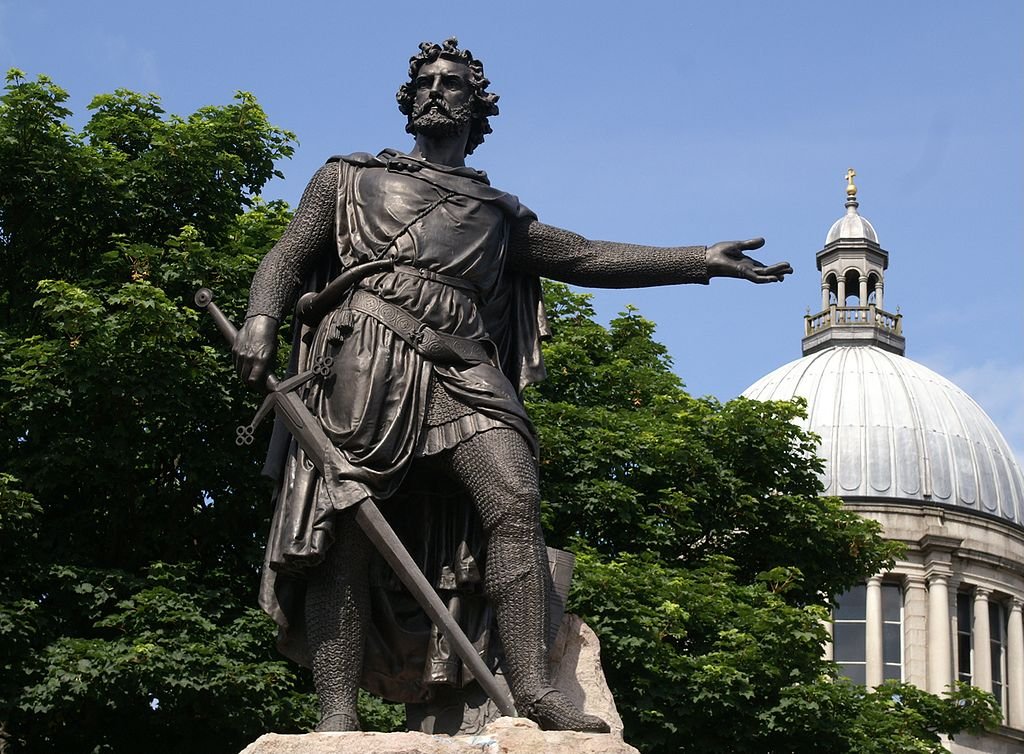
The nature of Wallace’s intended business with Pope Boniface VIII has puzzled scholars since the document surfaced 180 years ago, particularly since there is no evidence that he ever made it to Rome. It is also unclear whether the Scottish warrior carried the note himself. Some experts, including British historian Geoffrey Barrow, have theorized that the letter was one of several “safe conducts” known to have been in Wallace’s possession when the English arrested him in 1305. If that is the case it could explain how the document ended up in London, the site of Wallace’s brutal execution.
His execution later inspired the 1995 movie “Braveheart.”
MessageToEagle.com

